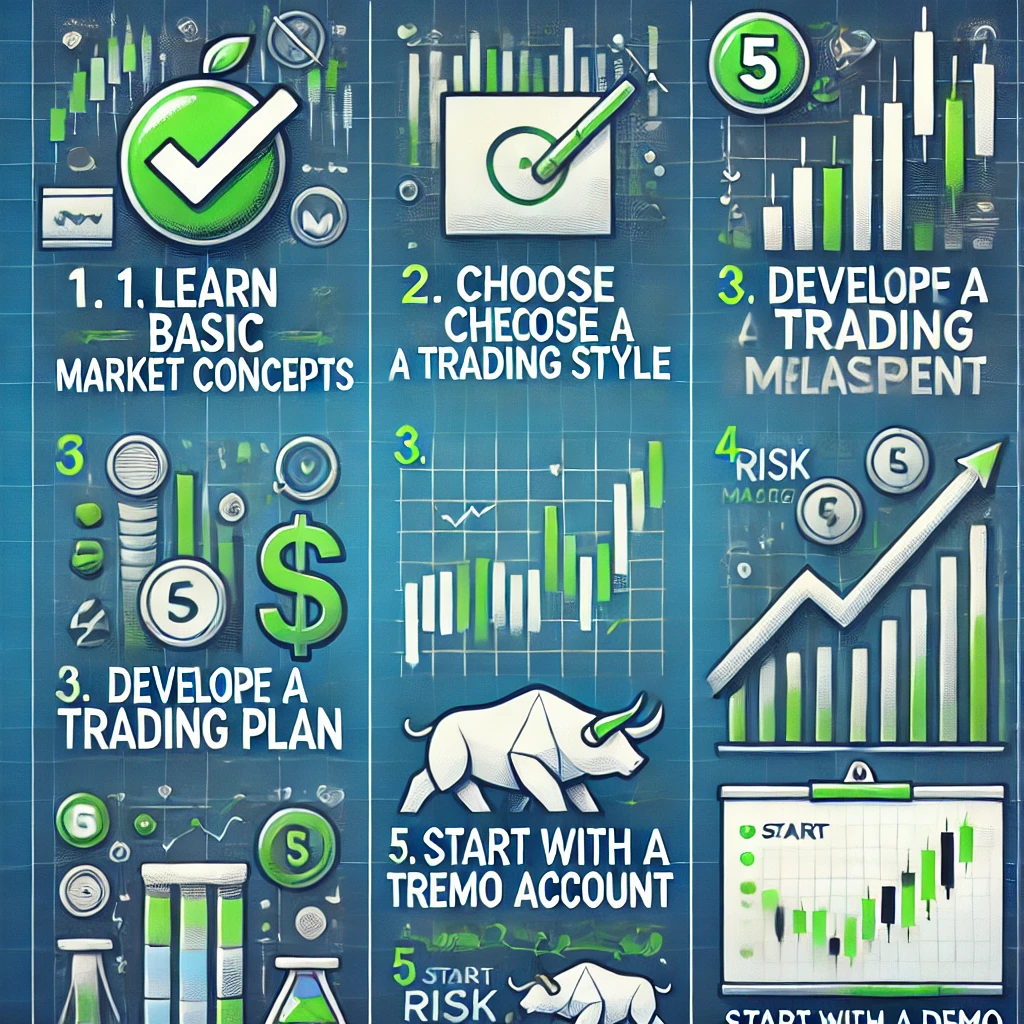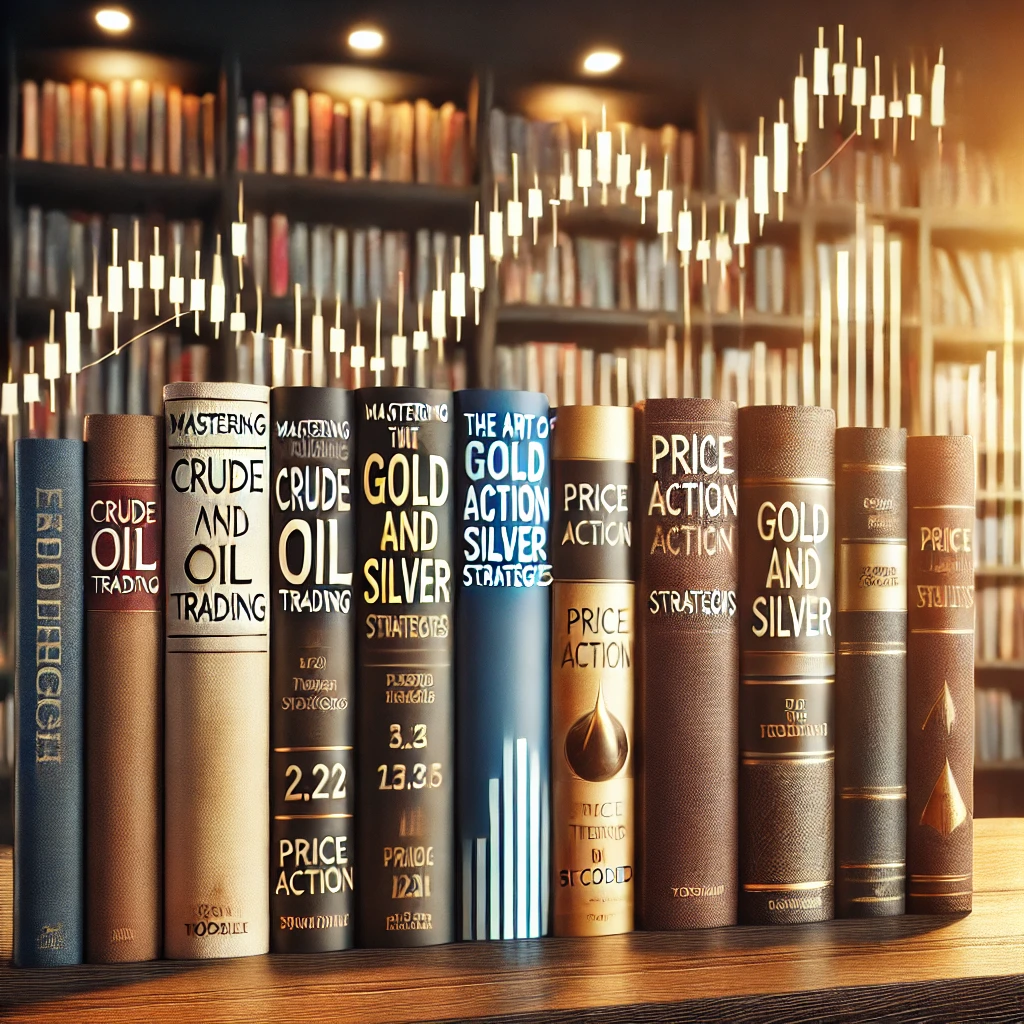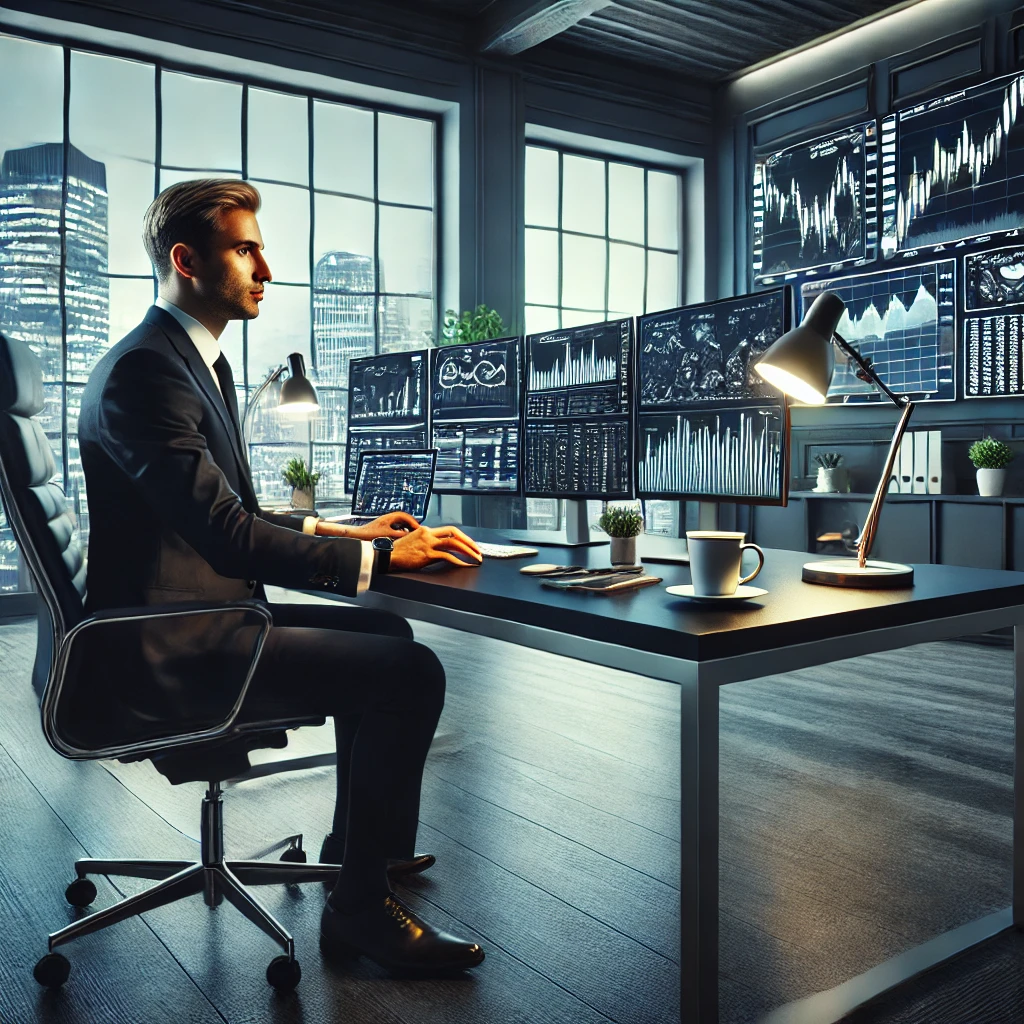5 Important Tips for a New Trader
Day Trading: A Guide to Success for Beginners Day trading has become an appealing path for many who seek financial independence and the ability to work on their own terms. It promises the excitement of working in fast-moving financial markets, the flexibility to set your schedule, and the potential to generate substantial income through day trading.However, for most new traders, the reality often involves months—or even years—of hard work, only to struggle with achieving consistent profitability in day trading. If you find yourself in this position, don’t lose hope! Many successful traders faced similar challenges before finding their groove.Below are five essential tips to guide you as you embark on your trading journey. These strategies are designed to help you avoid common pitfalls, improve your trading habits, and put you on the path to sustained success. 1. Master the Law of Large Numbers (Understanding Probability in Trading) The law of large numbers is a fundamental concept in trading. It states that as the number of trades you make increases, your outcomes will begin to align with the statistical probabilities of your trading strategy.Here’s a simple example: imagine flipping a coin 10 times. The results could vary significantly, with perhaps seven heads and three tails. But if you flip the coin 1,000 times, you’ll find that the results come closer to the 50/50 probability for heads and tails.In trading, this means you need a sufficient sample size of trades to truly understand whether your strategy is effective. A streak of losses or wins in the short term doesn’t necessarily reflect the strategy’s overall potential.How to Apply This Principle: Execute at least 100 trades before assessing the performance of your trading strategy. Ensure your strategy has a risk-reward ratio of at least 1:2, meaning you aim to make $2 for every $1 you risk. This helps you remain profitable even if you win less than 50% of your trades. Avoid overtrading. Focus on high-quality trade setups that align with your strategy instead of taking random trades to increase volume. Trading is not a sprint—it’s a marathon. Consistency and adherence to your strategy over a large number of trades are what separate successful traders from the rest. 2. Find a Trading Style That Matches Your Personality One of the biggest mistakes new traders make is trying to follow someone else’s trading style without considering whether it fits their personality, strengths, and goals.In his famous book Market Wizards, Jack Schwager interviewed some of the world’s most successful traders. A key takeaway from the book is that every trader has a unique style of trading. For instance, some traders prefer fast-paced, high-intensity trading, while others succeed by patiently waiting for the perfect opportunity to unfold.Common Trading Styles to Consider: Scalping: Involves taking advantage of small price movements within minutes or seconds. This style requires quick decision-making and the ability to handle intense pressure. Day Trading: Focuses on entering and exiting trades within the same day, often using short-term charts like 5-minute or 15-minute timeframes. Swing Trading: Involves holding positions for several days or weeks to capture larger price movements. This style is slower-paced but requires patience and market analysis. Trend Following: Involves identifying and riding long-term trends in the market. How to Choose the Right Trading Style: Evaluate your personality and temperament. For example, if you dislike high-pressure situations, scalping may not be the best fit. Experiment with different methods on a demo account before committing to one style. Once you find a method that resonates with you, commit to mastering it rather than constantly switching between strategies. Trading is most effective when it aligns with your natural tendencies. When you enjoy and feel comfortable with your trading style, you’ll be more disciplined and consistent. 3. Develop a Detailed Trading Plan Imagine trying to navigate an unfamiliar city without a map. Trading without a plan is equally chaotic and often leads to poor decisions based on emotions. A trading plan acts as your roadmap, guiding you through the complexities of the market.Key Components of a Trading Plan: Capital Allocation: Decide how much money you’re willing to trade with. If you’re a beginner, start small and gradually increase your capital as you gain experience. Risk Management: Limit your risk to no more than 1% of your total capital per trade. For instance, if you have $10,000 in your account, risk only $100 on a single trade. Trading Timeframe: Select the timeframe that suits your strategy—such as 5-minute, 15-minute, or hourly charts. Market Selection: Determine which markets you’ll trade—stocks, forex, commodities, or indices. Focus on one or two markets to build expertise. Entry and Exit Rules: Define clear criteria for entering and exiting trades, including stop-loss and take-profit levels. Strategy Type: Decide whether you’ll focus on scalping, trend following, or another approach. A well-defined trading plan not only keeps you focused but also minimizes emotional decision-making, which is a major cause of losses for traders. 4. Execute Your Trades with Precision Execution is where your trading plan is put into action. While having a plan is critical, how you execute it can determine your success.Tips for Effective Execution: Start small to reduce emotional pressure. For new traders, early losses are like “tuition fees”—part of the learning process. Always use a stop-loss order to cap potential losses. Never trade without one, as it’s your safety net in volatile markets. Focus on discipline and consistency. Stick to your plan and avoid emotional decisions, even during losing streaks. Avoid large losses at all costs. Small losses and break-even trades are normal, but one large loss can erase days or weeks of progress. Your results may appear random in the short term, but over time, your discipline and strategy will yield consistent outcomes. 5. Maintain a Trading Journal and Continuously Learn Tracking your trades is essential for growth. A trading journal allows you to analyze your performance, identify patterns, and learn from mistakes.What to Record in Your Trading Journal: Market Conditions: Note any significant news or trends that influenced the











